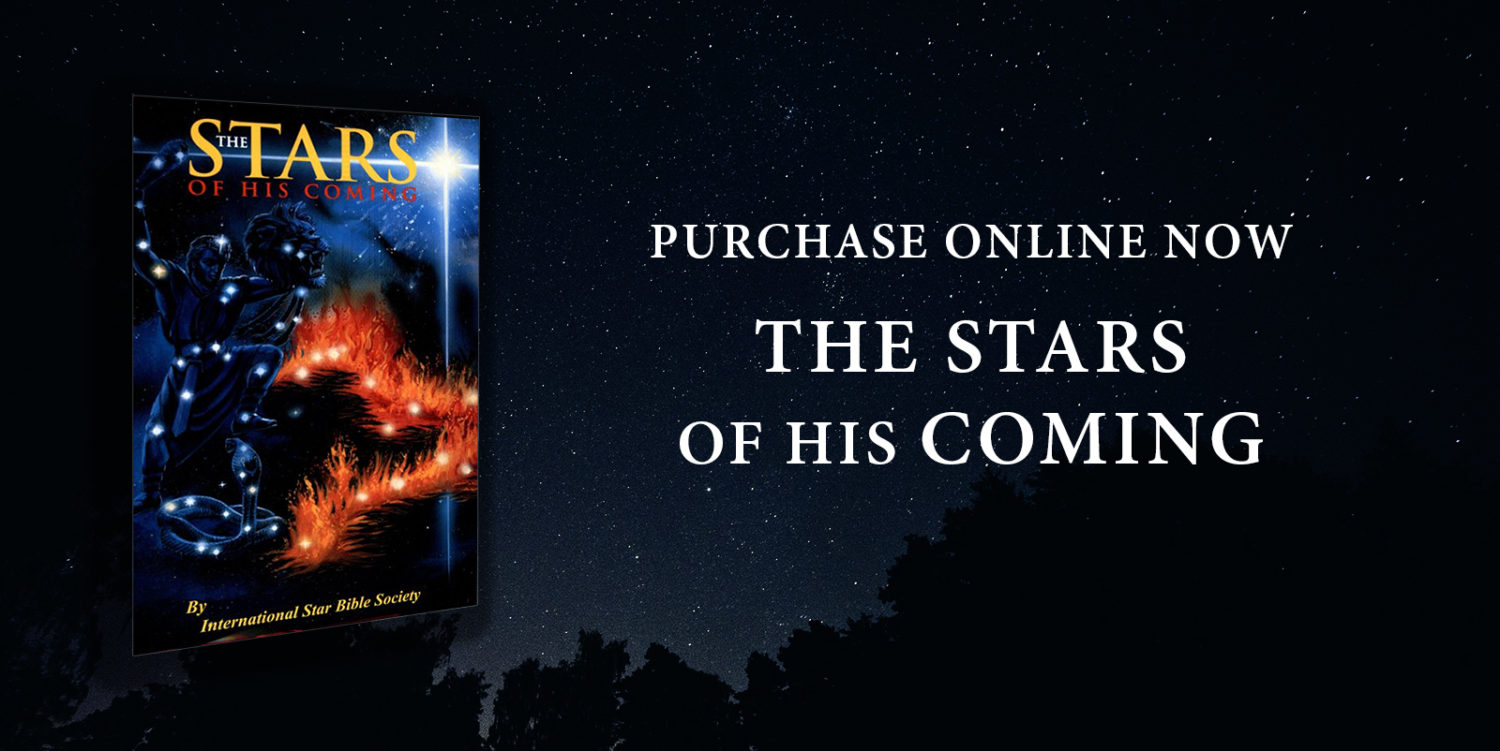As the birth of Jesus had been announced by the light of the Star of Bethlehem, so the death of Jesus was announced by the darkness of Calvary. (Luke 23:44-45)
It is not likely that an atmospheric phenomenon caused the unusual darkness because of the astonishment expressed by observers. Further, the cause of the darkness at noon is stated to be cessation of the shinning of the Sun, a celestial event. The most logical celestial cause to look for would be a solar eclipse. Indeed, the early Christian writer Africanus quotes two first century historians, Thallus and Phlegon, who both stated that an eclipse occurred during a full moon during the reign of Tiberius.
However, the Darkness could not have been caused by an eclipse, because the sun and moon were on opposite sides of the sky during the full moon which marks the Passover and the Crucifixion. A similar effect could have been caused by a large celestial body, like some recently discovered in the outer reaches of the solar system, or a stellar cloud, which could have passed between the earth and sun at that time. Alternatively the sun itself could have seemed to black out in a fashion similar to stars such as R-Corona Borealis, which suffer sudden catastrophic decreases in light emission caused by conditions in the stellar atmosphere. Thus, it is possible for the sun to have stopped shinning for a time.
If the cause of the sudden solar darkness was celestial, one effect of the darkness would have been to bring the stars into visibility at noon. Off to the west the Northern Cross would have stood upright on the horizon, aligning with the actual cross when viewed from Jerusalem. South of the Cross Delphinus (The Dolphin) promised the resurrection, while to the North Cepheus the King stood directly over Draco the Dragon. Draco lay on the horizon, illustrating the fact that blood of Christ shed at the crucifixion ended Satan’s access to Heaven as man’s accuser, and Satan was cast out of Heaven down to Earth. (Revelation 12:12)
Directly overhead at noon was the eighth chapter of the Star Bible, Aries (The Ram) which pictures the promised victory of the Lamb of God. The constellation shows the sacrifice of Christ, replacing the Ram of Abraham sacrificed on the same hill of Zion 2084 years earlier, as confirmed by the Star names El Nath (Wounded) and Sheratan (Bruised). But the slain Lamb of God is also the Lamb who will open the seals of the Book of Revelation (Revelation 5:6-14) as we move toward the end of the Age.
Christ’s enemies at the end of the Age are represented by the constellation Cetus (the Sea Monster) which pictures the same seven headed beast we see in the Book of Revelation (Revelation 13:1 and 17:3). Star names Mira (the Rebel), Diphda (the Overthrown), and Minkar (Bound Enemy) confirm the character and fate of Cetus. The One was overthrows and binds Cetus, Christ, is pictured in the constellation Perseus (The Breaker), who is shown carrying the severed heads of his enemies in the star Algol (Evil Spirit).
The third constellation associated with Aries is Cassiopeia (The Enthroned Woman). This constellation reminds us that the nation of Israel, which had rejected Christ and is represented by Andromeda (The Chained Woman) in the Church age, will be restored and lifted up when Christ returns (Isaiah 60:1-2).
On April 19 the sun enters Aires, obscuring it in the light. However, you can find Perseus and Cassiopeia near the Northwestern horizon in the early evening this week. Cassiopeia is especially easy to find because of its distinctive “W” configuration.
Aries tell us that God keeps His promises, whether they be of Grace or Judgment. Encourage a friend tonight to move into the grace side of God’s promises

